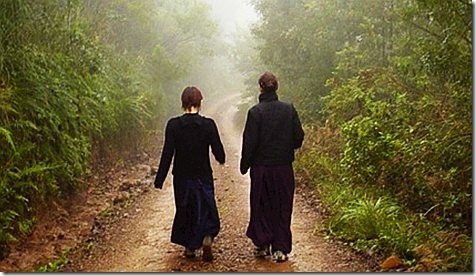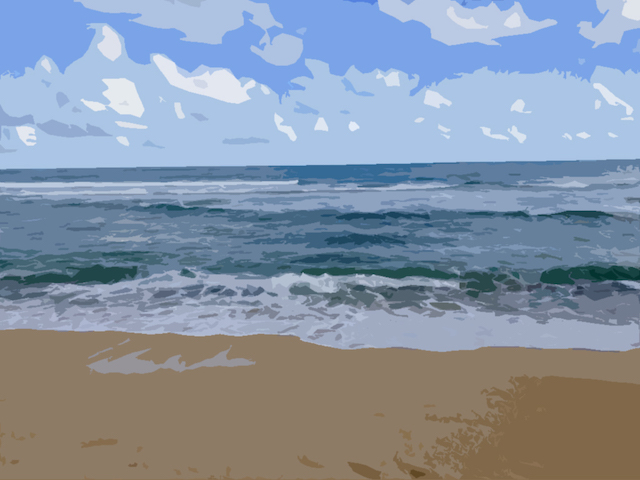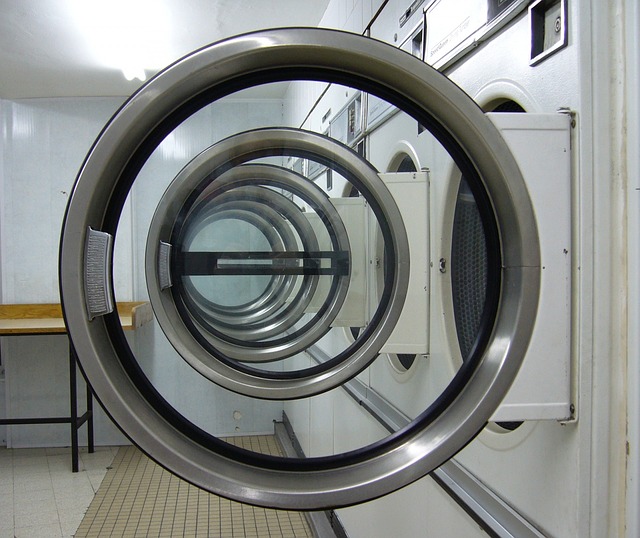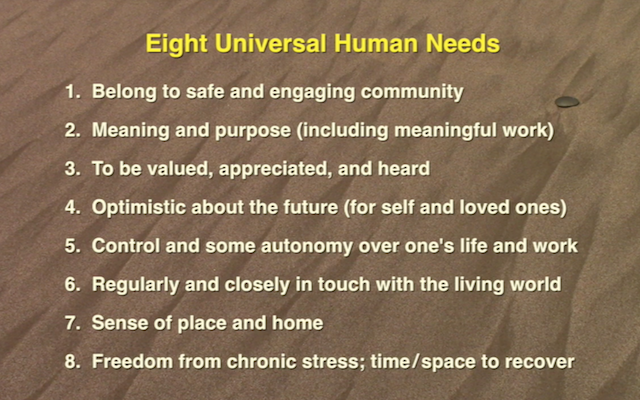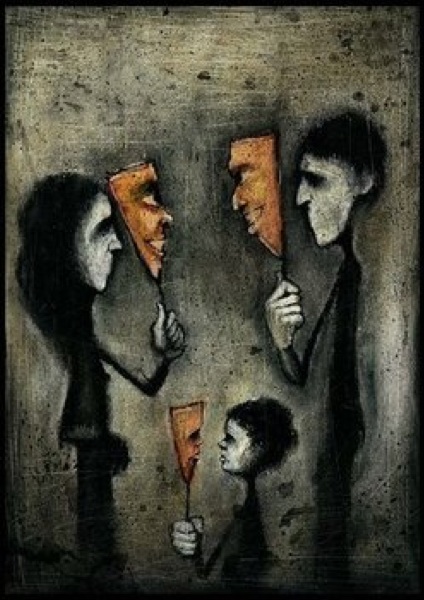This is a work of fiction.
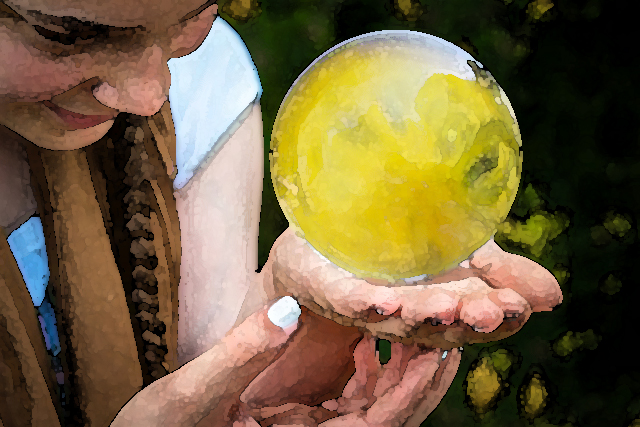
Image from Max Pixel, cc0. Photoshopped with ‘watercolour’ effect.
I had noticed the lemonade stand each time I had passed, but I hadn’t had time to stop before. It was an impressive stand, by the curve in the two-lane mid-island road where everyone in cars had to slow right down, and where the hiking trails crossed. Beautifully lettered in an ancient-looking script, the sign said “World’s best lemonade — $1.00 — Fortunes — $10”. There was a crystal ball on the table beside a large glass pitcher of lemonade. The adolescent girl sitting at the stand was dressed in an ornate peasant costume with a kerchief, and she had a penetrating, beckoning gaze that seemed to suggest she knew something you didn’t.
I gave her a loony for lemonade and she said to me “I wondered when you’d stop. The faeries are worried about you, you know.”
“They are, are they?” I replied, with a smile. “Why would they be worried about me?”
“Because you’re too much alone. And too much inside your head.”
“They must be pretty smart. What else did they tell you about me?”
“They didn’t have to tell me. It’s obvious to anyone who pays attention. You wear it. If you want to know more…” and then she turned her head towards the crystal ball and to the price sign.
“Ten dollars for a fortune. Seems a bit disproportionate to the price of the lemonade.”
“Lemonade is everywhere. Wisdom is scarce.”
So I dug around in my pocket and found and handed her a $10 bill. “Sit”, she said, motioning to the chair in front of the crystal ball. She wrapped the kerchief around her head, took my hand and looked into the ball.
After a moment she said “The crystal ball is just for effect. I don’t need it, but the customers expect it. They don’t see that someone can just know, can just see. The faeries taught me, but they just brought out something that they recognized was already there.”
She paused again and then said. “You can’t take too much at once, so I’m going to go slow and be short…. I’m sorry you’re struggling so much.”
I thought: Is there anyone who wouldn’t be taken in by that last comment, anyone to whom it somehow didn’t apply? But then she asked me what my question was, and I thought a bit and replied “Will I find a sense of peace before this body dies?”
She looked at me with a curious expression. “You won’t, but there may be a sense of peace. More likely that a sense of peace is no longer needed.”
She paused again and then said: “The faeries have three instructions for you. The first one is: Smile. All the time. Doesn’t matter if you’re with people or alone. It’s a muscle worth exercising. So just do it, and every time you catch yourself not smiling, start smiling again. But it has to be authentic, genuine; no grimaces or faking it…. Look at this amazing place”, she said, gesturing to the towering mountains and sun-drenched sea behind us. “What’s not to smile about?”
“OK”, I said, smiling. “That’s Instruction One. What are the other two?”
“That’s all you can manage for now”, she replied. “Come back in a week. We’ll still be here.”
I laughed, and went to speak but she interrupted me and said “No additional charge. As long as you at least try to follow the first instruction. OK?”
I nodded. As I turned to walk away I recalled that, throughout my visit, she had not followed her own advice — not once had I seen a smile on her curious, enigmatic face, and when I left her brow was furrowed. I resolved to ask her about that the next week.
For the first three days thereafter, I tried hard to follow Instruction One. It was enormously difficult, and I began to realize how unconscious, how out of our control, our facial expression is. I put a yellow smiley on my laptop, first beside the keyboard, and then beside the camera lens where I could not help noticing it. The next day I put a second one on the upper left corner of my left eyeglass lens.
My first appreciation was that unforced smiling actually did affect my mood, and that when I’m smiling, I notice things more often, and focus on them for longer, than when I’m just inside my head. It’s as if my brain is constantly saying “Hey, what is it that you’re smiling about?” and turning its attention to finding visual clues to justify the smile. It was my first realization that the brain’s incessant pattern-making is all about rationalizing what is already happening, not actually making anything happen, not actually deciding anything. And, looking (or, sometimes, listening), it is forced to find something worth smiling about.
This was a rather mind-boggling discovery, and I discovered it worked with the other senses too. When I smiled as I ate, I was more aware of the tastes, and more pleased by them. I also ate more slowly, more attentively.
My second appreciation, just as my Instruction One week was ending, was that when I was smiling, I was thinking less. The brain, it seems, has only so many cycles to apply to everything it does, so when it is focused on parsing sensory inputs to try to rationalize the constant smiling (perceiving), it has less bandwidth left over for conceiving, for abstract thinking. I realized that processing sensory inputs is an intellectual but not necessarily a conceptual process — the brain can notice and discriminate and appreciate colour and shade and intensity of light reaching the eyes without necessarily labelling or making judgements about what is seen. There are, it seems, two ways the brain “makes sense”. The first is instinctual, sensuous and appreciative, and the second is rational, analytical, meaning-making and purposeful.
From a non-duality perspective, I wondered: Does the body “do” the first and the self “do” the second? What would happen to ‘me’ if only the first happened?
I was smiling as I walked up to the lemonade stand for my second visit, and so was the fortune-teller girl. I relayed what had happened while following Instruction One and she nodded and beamed. When I asked about her unhappy expression the previous week she reassured me that she almost always smiled, but that she had been concerned about me and my demeanour; that I had had an expression of being at once lost and scared. When I said I thought I was ready for Instruction Two, she said, quizzically, that it was in some ways the same as Instruction One, just looked at differently. She also cautioned me that smiling was not a cure or solution for anything, particularly my sense of being lost and scared.
“Remember when you told me that when you were smiling your mind was preoccupied with sensory processing — colour and shade and line and qualities of light — rather than making meaning of these qualities?”, she said. “Well that’s your second instruction: Pay attention and notice. Notice the details, the qualities, of light and sound and texture and taste and scent, and more. Just that, leaving no room for thinking about what it means. As you’ve already observed, the more you sense, really sense with your whole being, the less you will think. And the less you will have to think.”
I was still smiling, and the seeming incongruity of the final sentence of Instruction Two made me laugh.
“You are a very remarkable young lady”, I told her. “Did the faeries really tell you all this, tell you to give me these instructions?” I didn’t say it condescendingly; regardless of the source of these insights, it was pretty clear this youthful fortune-teller really knew her craft.
She smiled back at me and sighed, leaning back in her chair. Then she replied “You know, there really are no faeries. It’s just easier to use them as a metaphor. Did you know that the original meaning of faerie is teller? They are the personification of fates, as faeries and fates come from the same root, the same source. And fate doesn’t mean predestination; it means simply ‘that which is told’.”
“Huh. So does that mean you are the faerie, the fortune teller, the vehicle for telling that which must be told?”
“As I said, there are no faeries. There is only that which is told. The word fortune has nothing to do with seeing the future, or with success or failure. Its original meaning was simply ‘that which is brought or borne’.”
I laughed, entranced at this curious adolescent with her “just for effect” crystal ball and the too-old-for-her kerchief-and-shawl peasant costume. I just had to probe a bit further:
“And you had no choice but to be this teller, this bearer of truths?”
“There is no choice. Just as you had no choice but to come to my stand. As for whether what is told or brought or borne is truth, I cannot say. It doesn’t really matter. So… see you in seven days?”
“Of course. I am off to pay more attention, and to notice more. Thank you.”
Over the next week, as my curiosity about my lemonade girl messenger continued to grow, my ‘practice’ of smiling and noticing deepened. I’d given the smileys on my laptop and eyeglasses much larger eyes, a reminder to notice as well as smile.
And then the third appreciation happened: I realized that, for me, the passage of time seemed to be slowing. The more I paid attention, the longer my days seemed to become, as if paying attention was taking less than no time at all.
And then, a few days later, a fourth appreciation: The more my attention was focused on everything else, the less of my nebulous time was ‘left’ to focus on ‘me’ and on what was happening inside my head. And as this happened, the distinction between ‘me’ and ‘everything else’ also became more nebulous. “Attention”, as the Laurence Cole song and the Eckhart Tolle saying both advise, “is the healer of separation”.
Needless to say, the days until my third visit to the lemonade stand seemed to last an eternity. I tried to guess what the Third Instruction might be. Finally the day arrived.
When I arrived at the lemonade stand, I sighed: the girl wasn’t there. Instead, behind the stand, a woman was picking berries from a wild raspberry bush growing by the road. As I walked up to the stand, I noticed a slight resemblance between the eyes of the berry-picker and those of my young fortune-teller. I asked the woman if she was the fortune-teller’s mother.
“Ah, so you’re the one”, she replied. “We are related, but she is not my daughter. Sit; she has asked me to stand in for her today.”
I am sure the disappointment registered on my face, but the woman took my hands in her own and gave me a reassuring nod. I looked down at my shoes, chagrined.
Observing my downcast look, the woman began to laugh. Her laughter made me smile, and soon her laugh, which went on and on, became contagious and we laughed together. I looked at her, and she caught my gaze, holding my attention with her deep grey, strangely familiar eyes.
When our laughter finally slowed, and I was lost in the details of her eyes, smiling deeply, she said: “Aha, you’ve guessed the third instruction: Eye contact. Just like the smile, it has to be authentic, genuine, connected. When you meet people, really look into their eyes until you see. Don’t think about it — just notice, pay attention. The eyes speak a language all their own, and with practice you can learn it. But you have to want to. It’s an astonishing language, one that it seems few people ever really care to learn.”
In fact I had not guessed the Third Instruction, and unlike the first two instructions, which seemed intuitive to me, this one was perplexing. I enjoyed smiling and noticing, but I didn’t really like most people very much, and this instruction seemed, well, personal.
When I expressed my dismay, the woman, without once taking her eyes from mine, said: “This is the hardest of these instructions. You might start by practicing with wild creatures — especially young puppies, kittens and birds. They won’t judge you. This is not about staring, it’s about observing. Notice movements of the eyes and face, but do so with your senses and intuition — don’t try to read or interpret them or think about them at all. Just give them your attention like you’ve been giving your attention to everything else these past weeks.”
I protested: “But I think, to some people, sustained eye contact could be interpreted as an act of aggression, rudeness, or even violence. I don’t think I could do that.”
“You can’t help what other people think”, she replied. “They will think, and think about you, what they will think, whether you notice them or not. Don’t worry about what they’re thinking, or whether they’re judging you. Don’t worry about ‘them’ at all. This is not about them, and not about you. It’s about seeing that there is only one, and that the eyes you are making contact with are part of that, just as your eyes are, as everything is. This is about connection in a way humans have largely forgotten to connect. Other people’s minds may interpret your innocent or curious or appreciative attention as aggressive, but their instincts, their bodies, can tell the difference.”
“Hmm, I’m not so sure. I know people who get angry if they think they’re being stared at or leered at, and I don’t really blame them. It’s a dangerous world.”
“Most people, like you, let their judgements, and their bad memories, cloud their perceptions of what is actually happening. That’s a risk you’ll have to take. You can look at someone with attention without looking at them with intention, without staring or leering…. Many people are afraid of discovering connection. If your senses tell you they’re reacting that way, give them a Canadian ‘sorry’ and look elsewhere. But I think you’ll be surprised at how many people will see your eye contact for what it really is — a connection. And if they do you might be amazed at what will come of that, including how it might change you.”
We were quiet for a while, and then I nodded, thanked the woman, asked her to thank her young relative for me, and rose. Before I left she said: “You may discover that what our little fortune-teller has told you is something you have always known, something everyone, deep down in their soft animal bodies, has always known. You’ve just forgotten. Smiling, noticing, eye contact — they just might help you remember what you really are.”
I wandered back along the hiking trail that led to my home. I was smiling, and listening attentively to the tonal qualities of bird songs in the surrounding forest, when I heard the voices of children off in the distance. As I got closer I caught sight of a group of youths of various ages in a clearing off the trail. They were laughing and playing, and all dressed in very colourful costumes. Some were playing ancient-looking musical instruments. Instinctively, one of them turned her gaze to me just as I looked at her. It was my fortune-teller, wearing an ornate bird costume festooned with feathers, and she smiled broadly at me, put her thumb and index finger together in an “O”, and held it up over her eye as she returned my gaze. I put my hands together in front of me and nodded to her. She laughed, returned the gesture, and chased off after the others into the forest.


